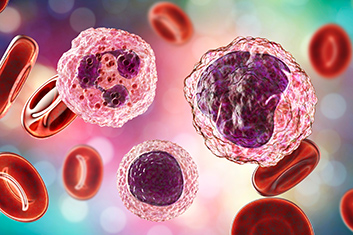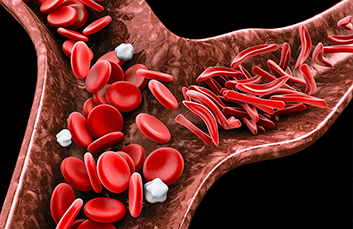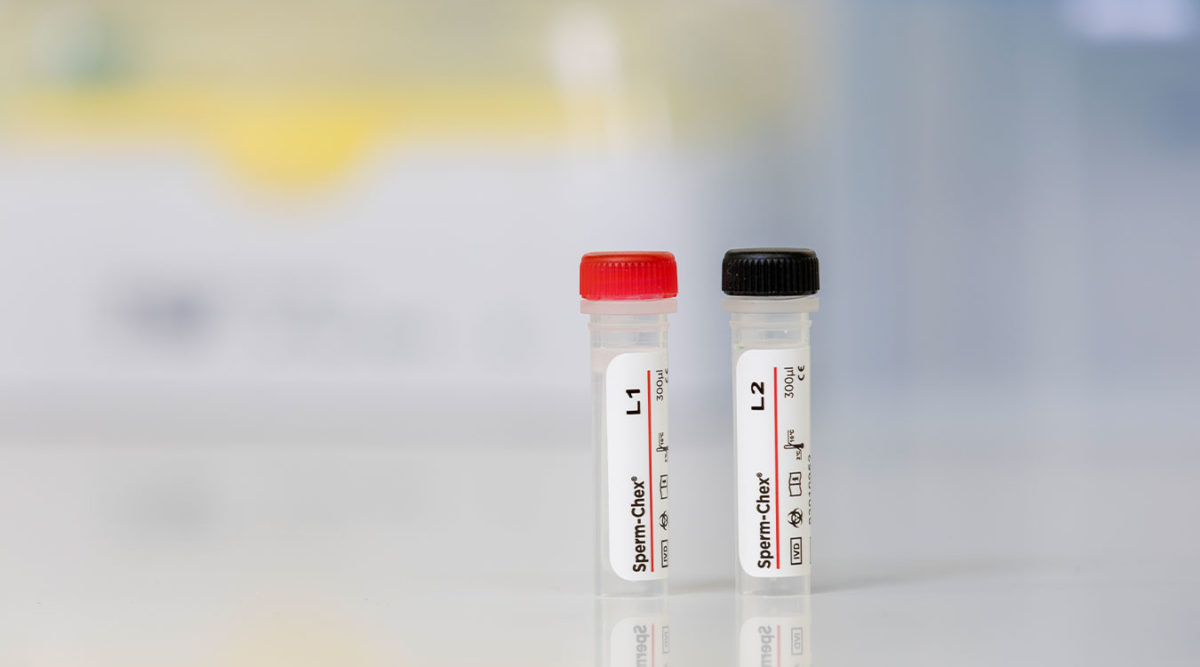Male infertility causes and testing
Topics Featured
Many couples face issues with fertility, or the ability to have children. If a pregnancy is not achieved after 12 months of having unprotected sex, the couple is considered infertile. About 10-15% of couples in the United States have problems with infertility, and about one-third of these cases are related to male fertility problems. Male infertility testing typically starts with an examination, questions about medical history and a semen analysis which checks the sperm count, shape of sperm (morphology) and motility of sperm.
What causes male infertility?
Common medical causes of male infertility include:
- Erectile dysfunction
- Varicocele
- Sperm count (too few or none)
- Blocked tubes
One reason for infertility problems is an increasing number of people are choosing to have children later in life. In 1972, the average age of men having children was 27.6 years, but now it’s nearly 31 years. Additionally, within the past several decades, the number of men over 40 having kids has more than doubled and men past the age of 40 often experience more fertility problems.
In 1972 the average age of men having children was 27.6, but now it’s nearly 31 years.
There are many causes for male infertility. Smoking, drinking or a hormone imbalance can cause a man to have low numbers of sperm in semen. Many men who have infertility issues also have vericoceles, swollen veins in the testicles that can cause damage to sperm cells. According to Mayo Clinic, a vericocele is the most common reversible male infertility cause. Some men may also have problems with the tubes that transport the sperm from the testicles to the penis.
When to see a doctor about infertility testing
If a couple has been actively trying to conceive for 12 months or more by having unprotected intercourse and is unable to conceive, it is time to seek medical advice. Both the male and the female in the relationship will need to be evaluated for fertility. The man will usually undergo a physical exam to see if there are any underlying medical issues, answer medical questions to determine if previous medical history or certain lifestyle choices are having an impact on fertility, and a semen analysis will need to be performed. The male patient will need to collect a semen sample, either through masturbation or by collecting semen in a special condom during sex. The sample is sent to the laboratory either at the doctor’s office or at a hospital or clinic. Laboratory specialists will perform several tests on the sample in order to get more information.
What does a semen analysis measure?
A semen analysis will provide information about the overall volume of semen, the number of sperm present, the sperm concentration, the motility (movement) of the sperm, the vitality (percent alive) and the morphology of the sperm including the size, shape and normality (ex., have a tail). According to the U.S. Department of Health and Human Services, approximately 9% of all men of reproductive age in the United States experience fertility problems. And as men age, the chances of having a change in their sperm health also increases. For example, they may produce less sperm, or their quality of the sperm will decrease.
“Accurate and reliable sperm analysis can help patients and their doctors better understand the cause of their infertility and determine treatment options.”
Depending on the underlying cause of male infertility, treatment may be available. Around half of men end up seeking help for infertility problems. Medication often helps, and in some cases a doctor may recommend surgery. Accurate and reliable sperm analysis can help patients and their doctors better understand the cause of their infertility and determine treatment options.
During a manual sperm count, the sperm cells are diluted and loaded into a hemacytometer or a Makler counting chamber. A laboratory specialist looks at the cells under the microscope and counts the number of sperm cells present within a certain volume of liquid. This allows them to calculate the concentration of sperm within the sample.
Labs that perform sperm counts should make sure they are validating their equipment and methods by running positive controls. Most controls contain latex beads, which have different properties than true sperm cells.
Streck Sperm-Chex® is an FDA-cleared control that contains actual sperm cells. This control can be used by lab technologists in the same way they would use a patient sample. Sperm-Chex comes in two different concentrations and allows labs to accurately validate their process.


ILQC: How to earn the trust of your clients and their patients


